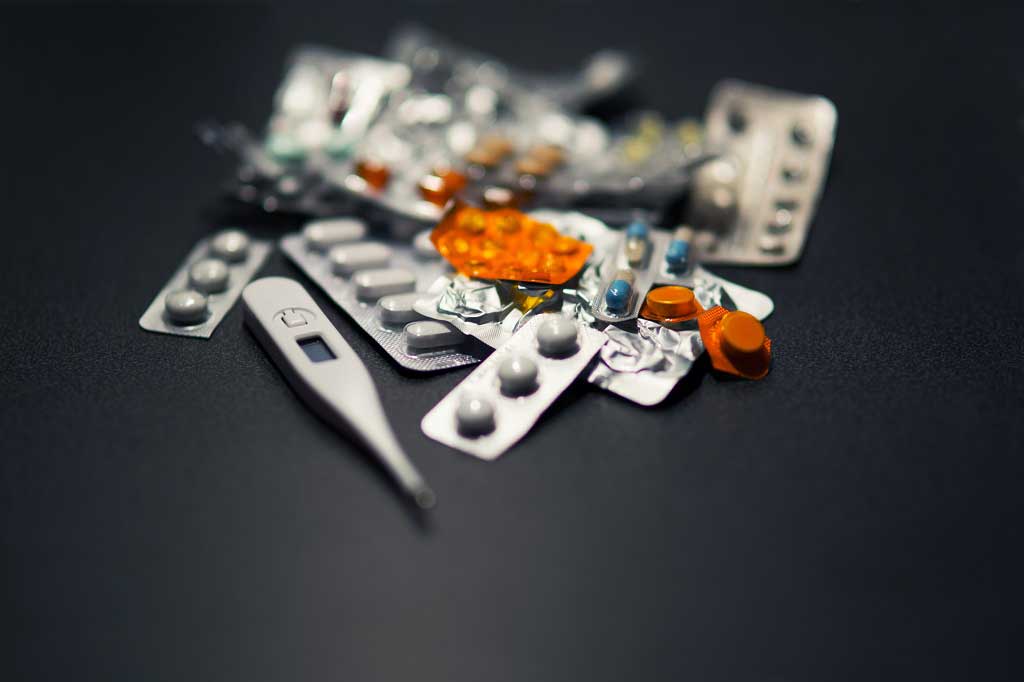Stem cells 'restore sight'
Genetics and stem cells
A stem cell treatment “restores sight to partially blind man”, according to The Guardian. The newspaper says that stem cells grown on a special membrane were used to treat the...
A new stem cell treatment has restored sight to a partially blind man, reported The Guardian . The newspaper said that stem cells grown on a special membrane were used to treat the patient and seven others with sight loss.
This experimental trial was in patients with limbal stem cell deficiency, a painful eye disease that prevents the cornea renewing itself.
This technique has shown a good preliminary outcome in this group of people. However, a larger trial with a longer follow-up is needed to determine whether the treatment is reliable, safe and effective in the long term.
Where did the story come from?
This research was carried out by Dr Sai Kolli and colleagues at the University of Newcastle. The study was published in the peer-reviewed Stem Cells Translational and Clinical Research.
The press focused on the experiences and outcomes of one of the eight patients in the trial. The science was represented fairly, but the extent to which vision improved varied between patients.
What kind of research was this?
This was a trial that explored whether transplanted cells could be used to restore vision to people with damage to the cornea.
The research consisted of two parts. The first phase focused on optimising the way tissue was prepared for a new type of eye surgery, the second was a trial of the new technique and the researchers’ optimisations. The recipients were then followed up to assess the outcomes and potential side effects of the technique. Their experiences were reported through a case series.
The cornea is the clear, rigid layer covering the front of the eye. Its clarity and regular surface are vital for focusing light onto the retina. Cells on the cornea surface are continually lost in the teary fluids surrounding the eye, and they are replaced using a reservoir of limbal stem cells (LSCs). The LSCs are thought to lie in a layer of the cornea called the limbal epithelium.
An injury to the source of the LSCs can stop the cornea from renewing itself, leading to inflammation, scarring and loss of vision. This lack of LSCs is known as limbal stem cell deficiency (LSCD). Existing treatments for the deficiency include cornea transplants or grafts of the limbal epithelium. Recently, it has been made possible to grow layers of the limbal epithelium in tissue cultures, meaning that enough tissue can be produced to attempt a therapeutic graft.
As this is a very new technique, there is no specific guidance for doctors. The researchers wanted to refine the technique, remove any animal products that may be part of the cell culture process, and test the technique on a range of people with similar degrees of eye injury.
What did the research involve?
The researchers recruited eight patients (seven men and one woman) who had complete LSCD in one eye.
The researchers performed a biopsy to take a small sample of the limbal epithelium of the patient’s healthy eye. These cells were then grown in cell culture. The patients also gave a blood sample from which the researchers were able to purify a serum containing the nutrients that the cells needed to grow. This meant that the researchers did not need to use serum that had been isolated from animals.
Sometimes, developing cells in cell culture requires other cells to be present in order to give them further nutrients that help them grow. The biopsy cells were grown on top of cells from the amniotic sac (womb lining), which had been donated by women who had given birth by caesarian. In this environment, the limbal epithelium cells were able to multiply. The researchers then optimised the conditions for growing the cells.
After 12 days the limbal epithelium cells were transplanted onto the patients’ unhealthy eye. The patients were treated with antibiotics and steroid eyedrops, plus the serum that had been isolated from their blood. After the operation, patients were followed up for an average of 19 months, assessing their pain and performing eye tests.
The researchers also assessed the health of the patients’ corneas by looking at whether they had abnormal blood vessels and how clear the cornea was.
What were the basic results?
The researchers found that replacing animal products with human-derived products in culture did not affect the growth of cells, therefore it was a viable option in their cell culture protocol.
Overall, all patients had a decrease in pain and an increase in visual acuity. Measures of the structure of the cornea also showed an improvement after surgery. There were fewer abnormal blood vessels in the cornea, and the corneas were less opaque after surgery.
How did the researchers interpret the results?
The researchers concluded that they have succeeded in introducing an animal-free serum into their cell culture technique to multiply limbal stem cells. These cells were used to successfully reverse LSCD within a controlled population, and showed improvement in pre-defined subjective and objective outcome measures for all of the patients that they treated.
Conclusion
This study describes both a protocol for growing limbal stem cells and a method of transplantation that seems to be an effective treatment for people who have had their limbal stem cells depleted through injury.
However, the researchers highlight that this is a preliminary study. As they only followed a small number of patients for two years, it is not known what the long-term outcome of this treatment would be.
The technique requires eye cells from a patient’s healthy eye. This means that people with damage to both corneas might not be helped by this experimental technique if it eventually becomes medical practice. The new method of culturing stem cells also requires cells to be grown on a piece of amniotic sac, but donations of this tissue are likely to be relatively rare. The researchers suggest finding a different material on which to grow the cells.
This technique has shown a good preliminary outcome for people with corneal injury. However, a larger trial with a longer-term follow-up is necessary. More research is needed through comparative studies to determine whether this new approach leads to improved outcomes for patients with this type of corneal injury. Also, visual impairment can occur for numerous medical reasons. It is not clear if this technique could have any impact on the treatment of these problems.






 Subscribe
Subscribe Ask the doctor
Ask the doctor Rate this article
Rate this article Find products
Find products







